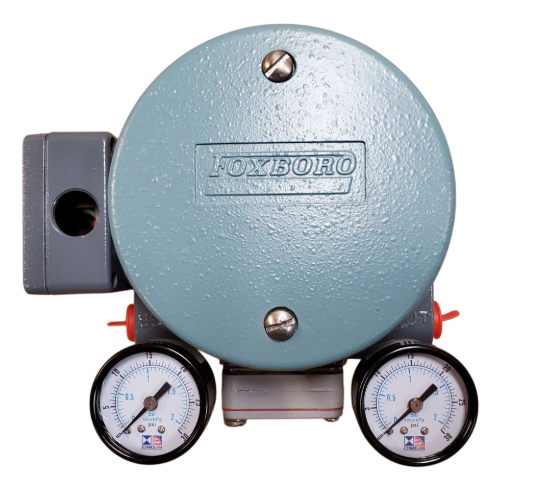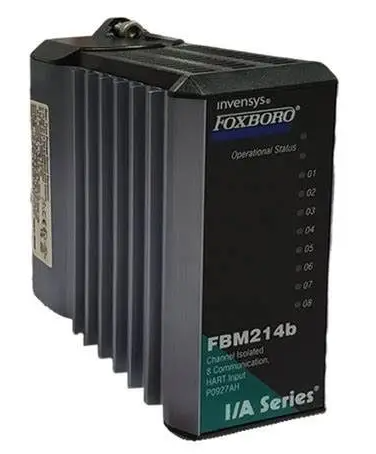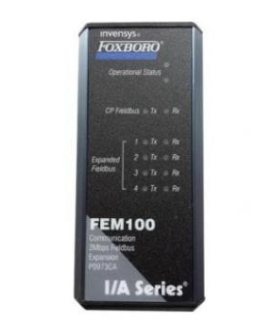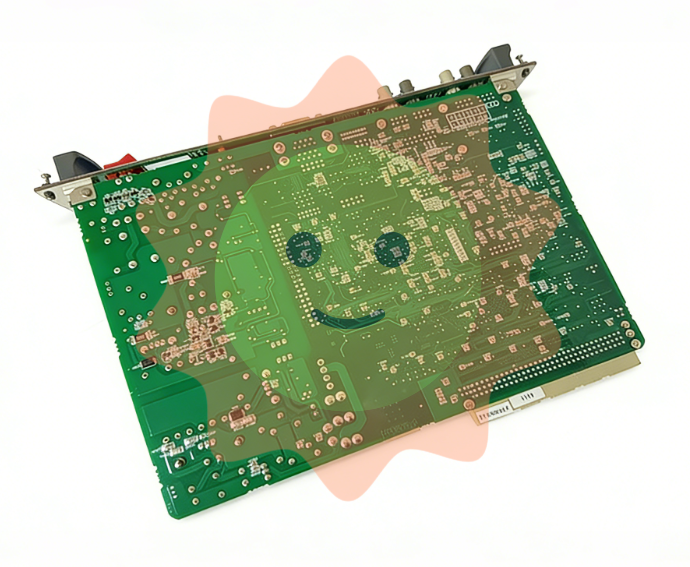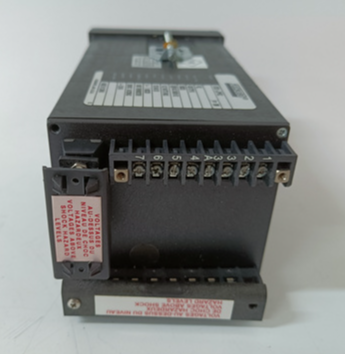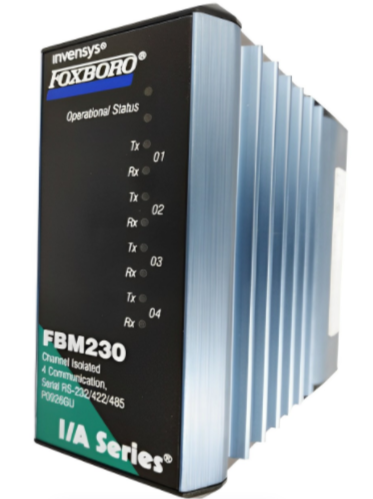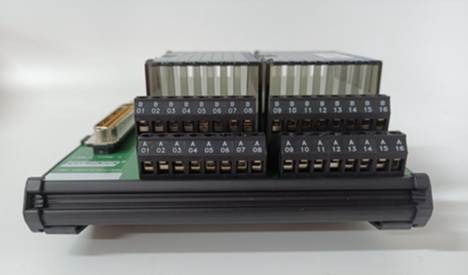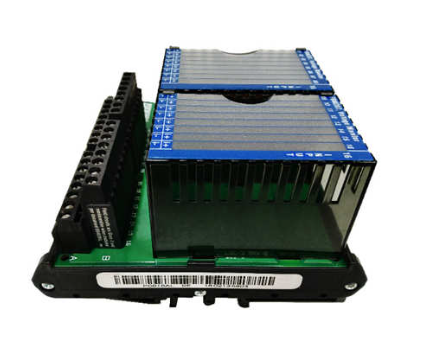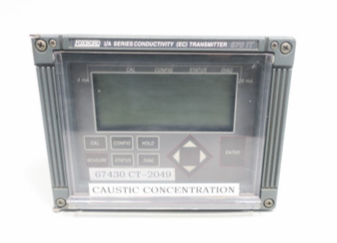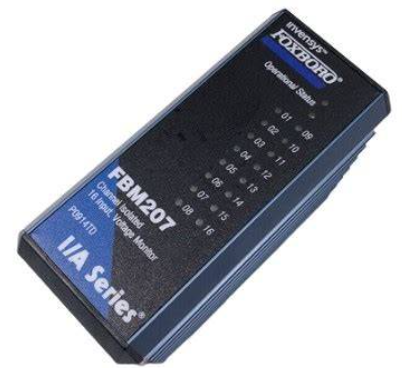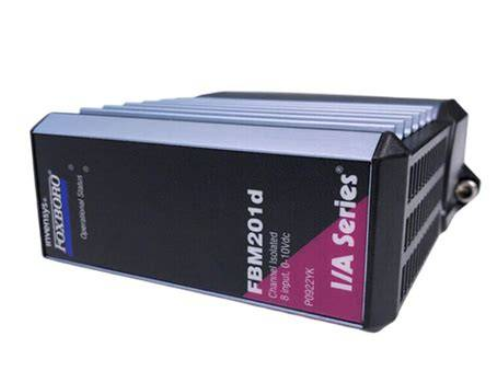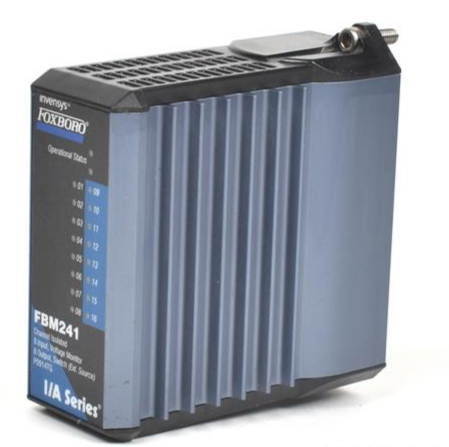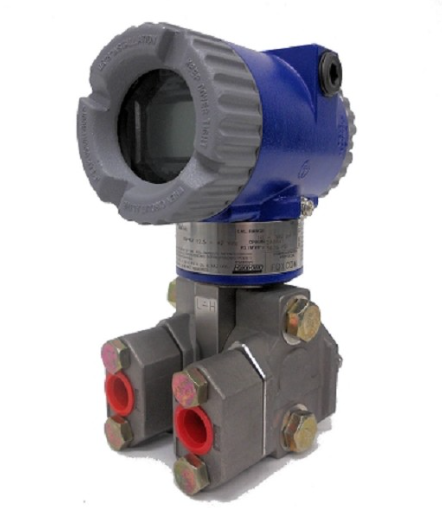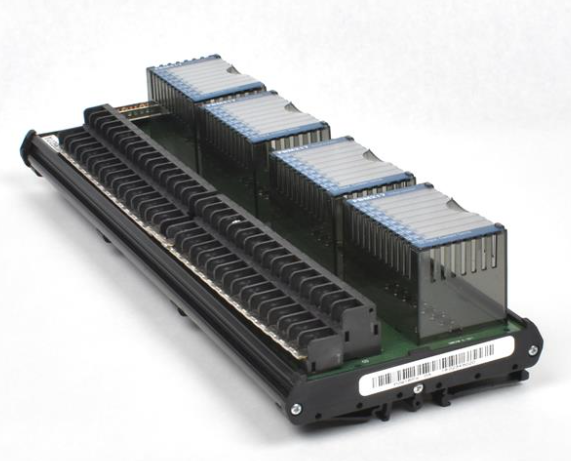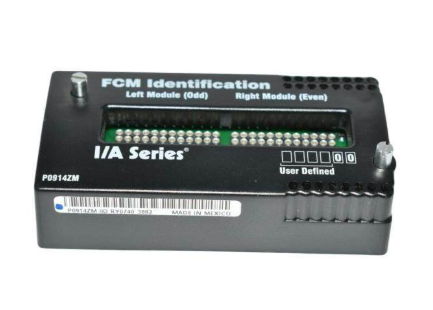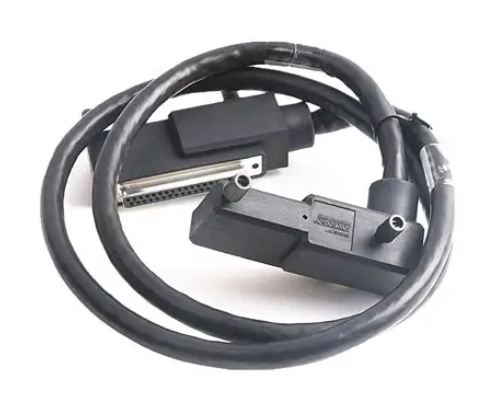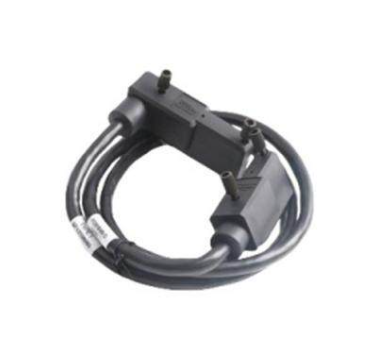Measures for the administration of mine safety standards
Chapter I General provisions
Article 1 In order to strengthen the work of mine safety standards and give full play to the supporting role of standards for the high-quality development of mines, these Measures are formulated in accordance with the Standardization Law of the People's Republic of China, the Production Safety Law of the People's Republic of China, the Mine Safety Law of the People's Republic of China and other relevant laws and regulations and relevant policies.
Article 2 These Measures shall apply to the administration, formulation, implementation and supervision of various regulations, norms and standards in the field of mine safety.
Article 3 The work of mine safety standards shall adhere to the goal and problem orientation, follow the principle of "unified leadership, centralized management and division of responsibility", comprehensively improve the quality, efficiency and implementation effect of standard formulation and revision, and effectively provide technical support for the high-quality development of mines.
Article 4 Associations, societies, chambers of commerce, enterprises and educational and scientific research institutions are encouraged to participate in the work on mine safety standards, carry out cooperation and exchanges with other countries on mine safety standards, and promote international mutual recognition of mine safety standards.

Article 5 The State Administration of mine Safety Administration shall guide and regulate the work on standards for organizations and enterprises in the field of mine safety. Establish a national mine safety standards information platform, encourage social organizations and enterprises in the field of mine safety to disclose information about their group standards and enterprise standards on the National mine safety standards information platform, support and promote the implementation of good group standards and enterprise standards to rise to national standards or industry standards.
Article 6 The work of mine safety standards shall be included in the mine safety development plan and the annual work plan, and the funds for the standard work shall be fully guaranteed. The revision and implementation of mine safety standards are incorporated into the mine safety work assessment system.
Chapter II Standard management
Article 7 The State Administration of mine Safety Supervision shall, in accordance with laws, administrative rules and regulations, exercise unified leadership in the work of mine safety standards.
Article 8 The Department of Policies, Regulations and Scientific and Technological Equipment is responsible for coordinating the specific work of mine safety standards and performing the following duties:
(1) To organize the implementation of national standardization laws, administrative regulations and policies, formulate rules and regulations for mine safety standards, organize the construction of mine safety standards system, prepare and implement development plans for mine safety standards;
(2) To organize the application, drafting, approval and review of the revision of national standards in the field of mine safety, and to organize, according to their duties, the establishment, drafting, review, approval, numbering, release, record, publication, disclosure and review of industry standards in the field of mine safety;

(3) to guide and administer standards and technical committees in the field of mine safety;
(4) To organize the promotion, training, implementation and supervision of mine safety standards and the construction of demonstration sites for the verification of mine safety standards;
(5) To organize, in accordance with the relevant provisions of the State and the industry, to commend and reward units and individuals that have made outstanding contributions and achieved outstanding achievements in the work of mine safety standards;
(6) To organize basic research and international exchanges on mine safety standards;
(7) To be responsible for other matters concerning mine safety standards.
Article 9 Each division of the Bureau is specifically responsible for the work of mine safety standards related to its own duties, and performs the following duties:
(1) To participate in the construction of relevant mine safety standards system and the preparation and implementation of standards development plans;
(2) to study and put forward projects related to mine safety standards, organize or participate in the drafting, soliciting opinions and technical review of relevant standards;
(3) To organize or participate in the promotion, training, implementation and supervision of relevant mine safety standards;
(4) To give specific guidance to the work of relevant local mine safety standards;
(5) To organize or participate in basic research and international exchanges related to mine safety standards;
(6) To be specifically responsible for other work related to mine safety standards.
Article 10 The State Administration for Safety in Mines shall establish a technical committee for safety standards in mines according to law. The Technical Committee on mine safety standards shall carry out work related to mine safety standards under the guidance and supervision of the State Administration of Mine Safety.

Article 11 The Technical Committee on mine safety standards and its sub-technical committees (hereinafter collectively referred to as the Technical committees) shall have a secretariat. The Secretariat may, according to the needs of the work, set up associations, societies and enterprises and institutions with important influence in the field of mine safety, and be responsible for organizing and carrying out specific work on relevant mine safety standards.
The undertaking unit of the secretariat shall incorporate the work of the secretariat into its work plan and daily work, set up full-time staff, and provide necessary funds and office conditions for the secretariat to carry out its work.
Article 12 The Department of Policies, Regulations and Scientific and Technological Equipment is specifically responsible for the formation and management of the technical committee. The establishment or cancellation of a technical committee shall be decided upon by the executive meeting of the State Bureau of Mine Safety Supervision.
Article 13 The Technical committee shall assist the State Administration of Mine Safety Supervision in carrying out the work on mine safety standards, and shall mainly perform the following duties:
(1) To formulate a system of safety standards for mines;
(2) Collecting, evaluating and reporting project proposals on mine safety standards;
(3) To organize the drafting, soliciting opinions, technical review and reexamination of mine safety standards;
(4) to carry out publicity, training, assessment of implementation capacity, sampling inspection of implementation effect and other standard technical services for mine safety standards, and undertake consultation and reply work on centralized standards;
(5) To organize and guide the work on organization standards and enterprise standards in the field of mine safety;
(6) To organize the translation of the foreign version of mine safety standards;
(7) To undertake other standard work entrusted by the State Administration of Mine Safety.

The third chapter is the formulation of standards
Article 14 The Department of Policies, Regulations and Science and Technology Equipment shall organize the secretariat of the Technical Committee to carry out the collection of mine safety standard plan projects, and issue the revised plan of mine safety standard system according to the annual work arrangement or according to the needs of mine safety supervision and supervision.
Article 15 All departments of the bureau, provincial bureaus of the State Administration of Mine Safety, local mine safety supervision departments and social organizations, enterprises and institutions in the field of mine safety may apply for the establishment of national standards and industry standards in the field of mine safety.
To apply for project approval, the electronic version and paper version of the following materials shall be submitted, and the paper version materials shall be in triplicate (one original copy of signature and seal materials, two copies) :
(1) The written opinions of the proposed project (in which the written opinions of the departments of the bureau shall be clearly reported to the leaders of the sub-bureau of the department for approval);
(b) Mine safety standards project proposal (see annex 1);
(3) The standard project proposal stipulated by the National Standardization Administration (hereinafter referred to as the National Standards Committee);
(4) draft standards;
(5) Pre-research report and minutes of project demonstration meeting.
The third item of the preceding paragraph is submitted only for national standard projects, and the fifth item is submitted only for mandatory standard projects.
Article 16 The Department of Policies, Regulations, Science and Technology Equipment shall organize the technical committee to review, evaluate and coordinate the project application on a regular basis. For the standard projects that meet the conditions for project approval, after consulting the relevant business department and deliberating at the meeting of the State Mine Safety Supervision Bureau, the project plan is issued or submitted for approval, and the centralized technical committee of the standard plan is clearly defined, and the important mine safety standards are directly centralized by the mine safety standards Technical committee.

Article 17 The standard drafting unit shall be broadly representative and shall be composed of units from various aspects such as scientific research, production and mining enterprises. In principle, there shall be no less than 10 units, including no less than 5 mining enterprises. One unit should be identified as the lead drafting unit of the standard.
Within 7 days from the date of issuance of the standard project plan, the standard leading drafting unit shall organize the establishment of a standard drafting group, formulate a standard drafting plan, clarify the division of responsibilities, time nodes, completion deadlines, determine the first draftsman, and submit the drafting plan to the centralized technical committee secretariat for the record.
The first draftsman shall meet the following conditions:
(1) Having a rigorous scientific attitude and good professional ethics;
(2) have a senior title and engaged in the professional field of work for at least 5 years;
(3) Be familiar with laws, regulations and policies related to mine safety;
(4) Proficient in standard writing knowledge, with strong writing ability;
(5) The standard system revision projects undertaken by the first person at the same time are not more than 2.
Article 18 The standard leading drafting unit shall complete the standard solicitation draft within 6 months from the date of issuance of the standard project plan, and submit the standard solicitation draft, the standard preparation explanation, the scope of solicitation suggestions and other relevant materials to the centralized technical committee. Where an international standard or an advanced foreign standard is adopted, the original foreign language and Chinese translation of the standard shall be submitted; Where the standard content involves a patent, the patent related materials shall be submitted.
The description of the standard preparation shall include the following contents and be supplemented in a timely manner according to the work process:
(a) A brief overview of the work, including the source of the task, the composition of the drafting group and the unit to which it belongs, and the formation process of the draft at each stage;

(2) the principles of standard preparation and the arguments for determining the main technical content of the standard (including tests, statistical data, etc.), and the basis and reasons for changes in the technical content of the standard should be put forward when revising the standard;
(3) Comparative analysis with international and foreign relevant laws, regulations and standards
(4) The relationship with relevant existing laws, administrative regulations and other relevant standards;
(5) The process and basis for handling major divergent opinions;
(6) Recommendations and reasons used as mandatory or recommended standards;
(7) Suggestions and basis for the implementation date of the standard, including the technical transformation required for the implementation of the standard, cost input, the time for the withdrawal of related products from the market, and the possible social impact of the implementation of the standard;
(8) Policies and measures related to the implementation of the standard;
(9) Proposals for abolishing or revising existing relevant standards;
(10) Relevant descriptions involving patents;
(11) The catalogue of products, processes and services covered by the standard;
(12) Other matters that should be explained.
For standards requiring validation, the validation report should be provided as an annex to the preparation note. Mandatory national standards should provide recommendations and reasons for the need for external notification.
Article 19 The technical committee shall, within 15 days, send the draft of the standard solicitation for comments, the preparation instructions and relevant annexes, and the solicitation form (see Annex 2) to all members or relevant experts for comments, and the time limit for solicitation is generally 15 days. After the end of the solicitation of comments, the relevant comments should be forwarded to the lead drafting unit of the standard within 5 days.
The mandatory standard project shall take a variety of ways to solicit opinions in accordance with the principle of convenience and effectiveness, and submit the policy, regulations and science and technology equipment department to the public through the government website of the National Mine Safety Administration for public soliciting opinions, and the public soliciting opinions period is not less than 60 days. In an emergency, the period for public consultation can be shortened, but generally not less than 30 days.
Article 20 The leading drafting unit of the standard shall, within 30 days, summarize, analyze and deal with the opinions transmitted by the technical committee, form a draft of the standard for review, a summary processing table for comments (see Annex 3), and a newly revised description of the preparation of the standard, and submit it to the Technical Committee for review.
Article 21 The Technical Committee shall organize and complete the review within 30 days after receiving the above materials. Review forms are divided into meeting review and letter review, with priority given to meeting review. Mandatory standards should be reviewed by meetings.

Article 22 The review of the meeting shall meet the following requirements:
(1) The examination group shall be composed of members of the Technical Committee or authoritative and representative experts invited in relevant fields, and the total number of the examination group shall not be less than 9 people, and the total number of the national standard examination group shall not be less than 15 people;
(2) Members of the standards drafting group shall not be members of the review team;
(3) The meeting shall reach a consensus in the examination, if it is necessary to vote, it shall be approved by more than three fourths of all members of the examination team, and the voting result shall be a resolution and filed;
(4) The review meeting shall form a summary of the meeting, truthfully reflecting the review meeting, including the meeting time, place, agenda, review opinions, review conclusions, voting, members or experts list, etc., and be signed by the members or experts attending the meeting.
Article 23 Letter examination shall meet the following requirements:
(1) The technical committee shall form an examination team in accordance with the requirements of the meeting review, and send relevant materials such as the standard review draft, preparation description, summary processing form for soliciting comments, letter review voting form (see Annex 4) to the members of the examination team in advance;
(2) The review time of the letter is generally 15 days, after the deadline of the review time, the technical committee shall collect statistics on the recovered letter review vote, and more than three-quarters of all members of the review team agree to pass;
(3) The technical committee shall fill in the letter review conclusion form (see Annex 5).
Article 24 The Technical committee shall, within 15 days after the approval of the review, submit the draft of the standard for approval and the relevant attachments to the Department of Policies, Regulations and Science and Technology Equipment for review, and submit the electronic version and paper version of the following materials, and the paper version of the materials shall be in triplicate (one original copy of the signed and sealed materials, two copies) :
(1) written opinions agreeing to submit for approval;
(2) draft standards for approval;
(3) Description of standard preparation and related annexes;
(4) a summary processing table for soliciting opinions;
(5) Minutes of the standards review meeting;
(6) letter review voting form and letter review conclusion form;
(vii) Review summary processing table (see Annex 6);
(8) Standard application and approval review form (see Annex 7);
(9) Standard original foreign language and Chinese translation.

The paper materials to be submitted, in addition to the written opinions agreed to be submitted for approval, shall standardize the format and font, arrange the table of contents and page numbers, and organize them into volumes.
Article 25 The Department of Policies, Regulations and Science and Technology equipment organizes the mine safety standards technical committee to review the standard projects submitted for approval by the sub-technical committee, and the standard projects submitted for approval by the Department of Policies, Regulations and science and technology equipment. After approval, it shall be handled according to the following procedures according to the standard categories:
(1) Send the draft of the standard for approval and related materials to the relevant business department for comments;
(2) For the industry standards in charge of the National Standards and Emergency management Department, report to the leaders of the bureau in charge of standards work and related business fields for examination and approval and with the consent of the main leaders of the Bureau, report to the National Standards Committee and the Department of Emergency Management for review and release according to procedures;
(3) For the industry standards under the supervision of the State Administration of Mine Safety, it shall be submitted to the bureau leaders in charge of standards work and related business fields for examination and approval and shall be announced after the approval of the main leading comrades of the bureau.
A transition period of 3 to 12 months should be allowed between the release date and the implementation date of the standard (with a transition period of 6 to 12 months reserved for mandatory standards).
Article 26 The technical committee shall organize a review of the standard that has been implemented for more than 5 years or the standard plan that has not been completed for more than 3 years. The review may take the form of meeting review or letter review. The technical committee shall submit the review conclusions and related materials to the Department of Policies, Regulations and Science and Technology Equipment for processing. Standard review submitted materials include:
(1) Summary of the review work;
(2) Summary of review conclusions;
(3) Review opinion form.
If the conclusion of the review is revised, a draft revision of the standard shall also be submitted.
Article 27 Where revision is required in the implementation of standards, it shall be included in the revision plan with reference to the standard formulation procedure. If the standard technical content is only slightly modified, it can be modified in the form of a standard modification notice, which is submitted by the technical committee to the Policy, Law and Science and Technology Equipment Department for review, and issued in the name of the General Department of the Bureau or submitted to the National Standards Committee and the Ministry of Emergency Management for review and release according to procedures.
Article 28 Rapid procedures may be adopted for standard items urgently needed for mine safety production work. After examination by the technical Committee, the Department of Policies, regulations and Science and Technology equipment shall be submitted to the bureau leaders in charge of standards work and related business fields for examination and approval and shall be published or reported to the State after being approved by the main leaders of the bureau
- EMERSON
- Honeywell
- CTI
- Rolls-Royce
- General Electric
- Woodward
- Yaskawa
- xYCOM
- Motorola
- Siemens
- Rockwell
- ABB
- B&R
- HIMA
- Construction site
- electricity
- Automobile market
- PLC
- DCS
- Motor drivers
- VSD
- Implications
- cement
- CO2
- CEM
- methane
- Artificial intelligence
- Titanic
- Solar energy
- Hydrogen fuel cell
- Hydrogen and fuel cells
- Hydrogen and oxygen fuel cells
- tyre
- Chemical fiber
- dynamo
- corpuscle
- Pulp and paper
- printing
- fossil
- FANUC
- Food and beverage
- Life science
- Sewage treatment
- Personal care
- electricity
- boats
- infrastructure
- Automobile industry
- metallurgy
- Nuclear power generation
- Geothermal power generation
- Water and wastewater
- Infrastructure construction
- Mine hazard
- steel
- papermaking
- Natural gas industry
- Infrastructure construction
- Power and energy
- Rubber and plastic
- Renewable energy
- pharmacy
- mining
- Plastic industry
- Schneider
- Kongsberg
- NI
- Wind energy
- International petroleum
- International new energy network
- gas
- WATLOW
- ProSoft
- SEW
- wind
- ADVANCED
- Reliance
- YOKOGAWA
- TRICONEX
- FOXBORO
- METSO
- MAN
- Advantest
- ADVANCED
- ALSTOM
- Control Wave
- AB
- AMAT
- STUDER
- KONGSBERG
- MOTOROLA
- DANAHER MOTION
- Bently
- Galil
- EATON
- MOLEX
- Triconex
- DEIF
- B&W
- ZYGO
- Aerotech
- DANFOSS
- KOLLMORGEN
- Beijer
- Endress+Hauser
- MOOG
- KB
- Moxa
- Rexroth
- YAMAHA
- Johnson
- Westinghouse
- WAGO
- TOSHIBA
- TEKTRONIX


Email:wang@kongjiangauto.com

